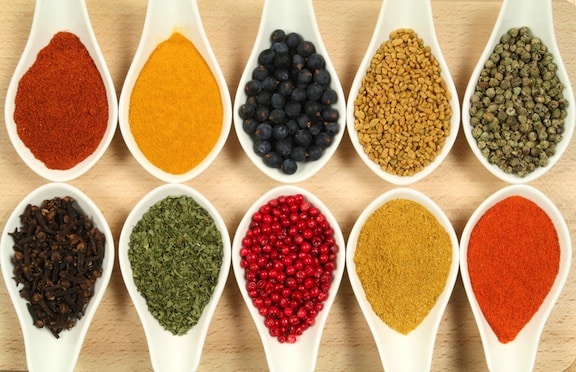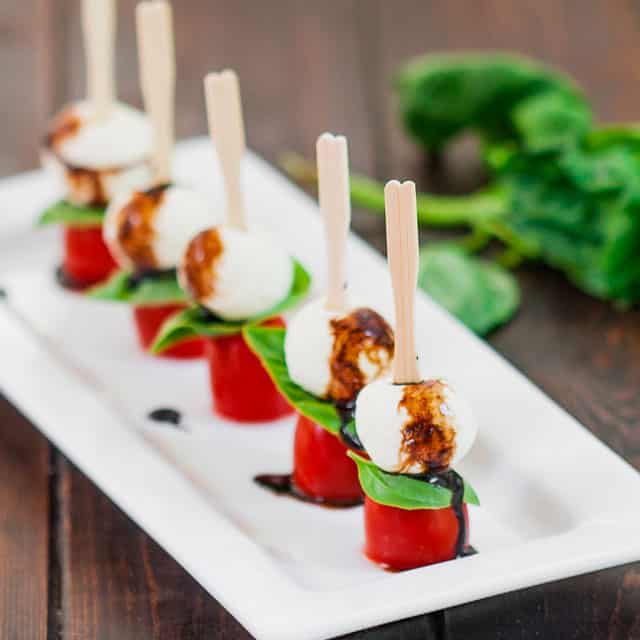
THEORY OF FOOD
Chapter (9) SALAD & SALAD DRESSING

What is salad?
Salad
is fresh food from vegetables, fruit, sour, and taste.
Most of the basic salads
dressing divided into 3 parts:
- Oil and vinegar ( Most unthickened dressing).
- Mayonaise – based dressing ( Most thickenend dressing ).
- Cooked dressing ( Not use the mayonaise, no oil content but more tart with little.
INGREDIENTS
1. OIL

Can use the corn oil, olive oil, vegetables
oil for example the vegetables oil its
neutral relatively and low cost.
2. Vinegar

Can use the cider vinegar or other vinegar.
3. Lemon
juice

Fresh lemon juice may be used in place in of
addtion to venegar or in same perparations when its flavor is disired.
4. Egg
yolk

Egg yolk within a natural, essenntial in
mayonaise and other emulsified dressing.
5. Seasoning
& falvoring

Can use the fresh herbs are preferable to
dried herbs and flavoring (Use herbs & spice). For the safety use
pasteurized eggs.
SALADS CHARACTERISTIC
1. Salad
is very interactive food

2. Bound
by dressing

3.Salad
can contain meat, grain, nut

4. Arrange colorful to attract the all people to eat

5. Salad
is mixture an any ingredient bound by a dressing.

Oil & vinegar
Vinegar mixture from of oil,
vinegar and seasoning. The ratio between oil vinegar is 3 parts/cups oil 1
pats/cup vinegar 3 parts/cups. If 3
parts/ cups oil 9 parts/cups vinegar.
Actually this ingredients cannot be mixed in a long time, but if want to make a
parmenant emulsion is which can be combined batter must mix the egg yolk.
Types of salads
1. Appetizer salads

Appetizer salads is
the first course, and usually appetizers of sour flavored salads are aimed at
enhancing the taste of customer and customer want to eat again for the next meals.
2. Accompaniment
salads

Accompaniment salads
is something that to serves as the balancing meal. This must be avoid in preparing
that is never same to the content of the meal for example: Don’t served the
potato salads if you want at the same meal at which you are serving a French fries
or another starches.
3. Main course salads

Main
course salads should be large served as a full meal, should content a substantial
portion of protein and both a nutritionally, flavors and texture the protein
salads should offer a variety of vegetables green / fruits. Example the chef
salads mixed the lola rosa and strip meat with sous cheese.
4. Separate salads

Separate
course salads served after the end of main course. The purpose served is to
relax the customer before dish the dessert salads. The separate salads must
very light and no way filling rich heavy.
5. Dessert salads

Dessert
salads usually sweet and content item such as fruits, nuts, and cream. They are
often sweet to be served like appetizer and accompaniment salads.
Arrangement
and presentation
(The structure of salads)
4 parts a plated salads:
1. Base / underlined

base or underlined that is the surface of the dish salads such as
lola rosa, lola vionda, and all green vegetables and it also help to collet
small sized salads ingredients.
2. Body

Typically in the
preparation of the main ingredient should be crisp and fresh. In addition the
green salads is divided 2 part:
Tossed: This
preparation methods is that the salads are well blended with dressing served
fresh and look still crisp and decorated with fruit or anything suitable.
Composed: This
preparation method is usually a green salads arranged according to a particular
part, not compounded once is salads instead only poured on a salads.
3. Garnish

The
garnish methods is usually the main attraction is to be creative and handling
the nonlinear color structure which can be interest to draw intention when
provided.
4. Dressing

Dressing
is a seasoned liquid or semiliquid added to body of the salads for flavor, tartness,
spiciness and moistness. The dressing should be harmonize with the salads
ingredients.
Tiada ulasan:
Catat Ulasan